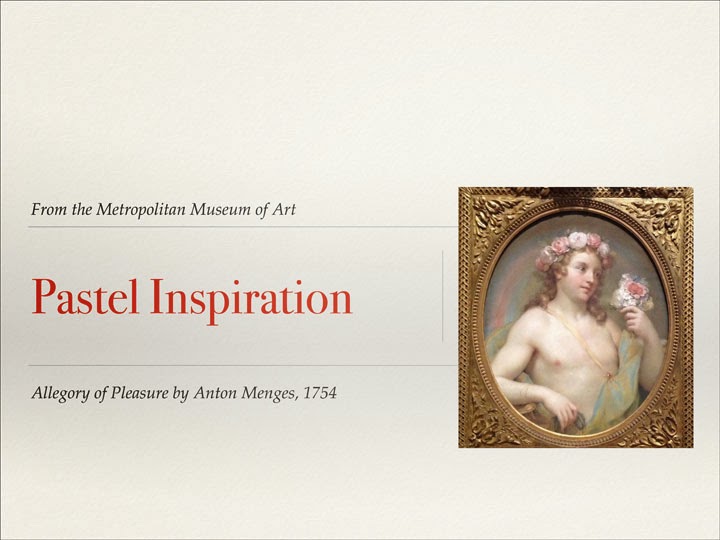Now for something completely different...
Silk Painting
This summer I decided on a "bus man's holiday" and tried a completely new medium, silk painting. According to many sources it is said that the history of silk begins in China during the 27th century BCE. Light, strong and soft silk was an immediately successful commodity. One of the oldest surviving examples of silk painting depicts a dragon and is from the Mawangdui Tomb dating from the 16th century BCE.
Silk painting with resist technique emerges fully in the 2nd century AD India and is then carried to Western Europe by the Crusades during the 12th century AD. At the same time, silk painting was spreading east to Java and Indonesia.
I am by no means an expert, but here is my journey getting started with silk painting. I hope it is a trip you enjoy too!:
Silk painting begins with a sketch drawing that is refined into a clean line drawing. Think "coloring book" drawing because that is essentially what you need to do is create discrete areas for color.
To prepare your painting surface you stretch silk fabric on a clean painting stretcher. I highly recommend you review in line resources like those provided by supplies like Dharma Trading Company and review You Tube demonstrations. Just type in silk painting and you will find a wealth of information.
The next step is to transfer your sketch on to the stretched silk itself. You can draw your design on with a disappearing ink marker, similar to those used by quilters, or you can draw directly on the silk with the resist called gutta. I like to place my drawing directly under the silk as a guide. The silk is transparent enough that I see it. It does take practice to gain a steady hand so I recommend that when you get started use the marker. I still use the marker for detailed work that needs careful alignments.
You may be wondering what is gutta anyway? Well, it is a rubber base liquid resist. You buy it in large quantities and then transfer it to a small bottle with a drawing tip, similar to a pastry chef when icing a cake. Gutta comes in several different kinds and colors. They all have different requirements and tradeoffs so best to consider all this before you get started. Here I decided to use a black gutta and a water soluble gutta. The black gutta will leave permanent black lines while the soluble gutta will wash out leaving a white line of the undyed silk.
If you look carefully you can see in the next image the addition of the flowers in the water soluble gutta "under" the moths. I like using the different guttas in order to enhance the illusion of foreground, middle ground and background.
Here is the first application of dye. I tried to dye the largest areas first and then move into the smaller areas.
Here is the final piece off the stretcher, dye set, washed and dried. Note that there is some loss of color intensity with washing and drying. I have found that I can compensate for that by redying areas.






























